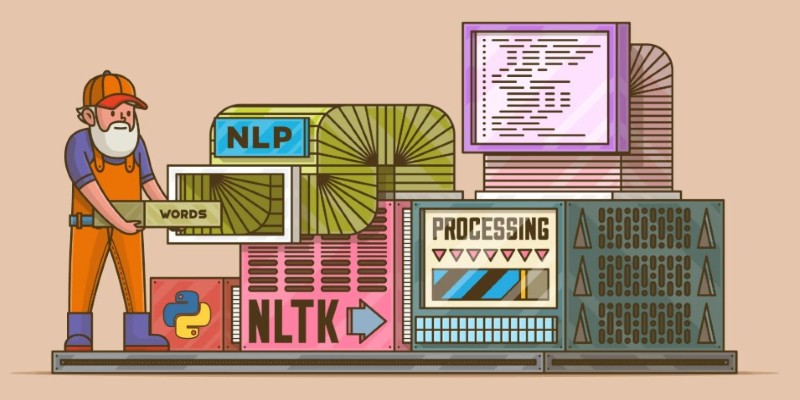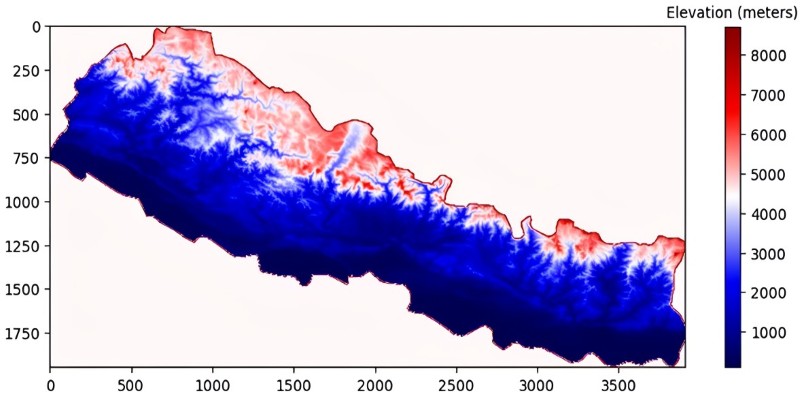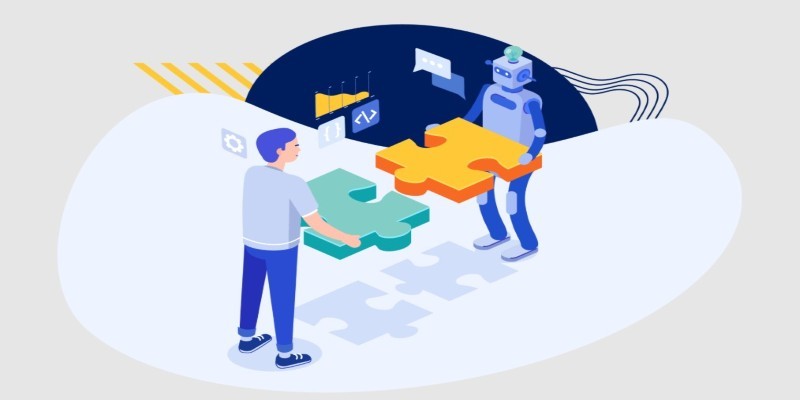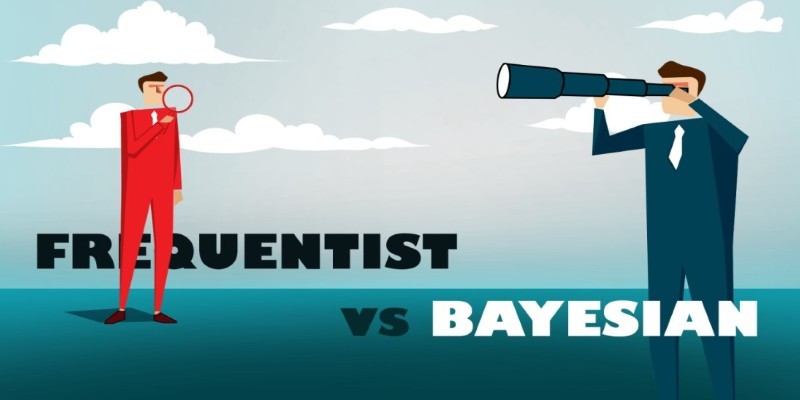Advertisement
PDFs are everywhere—contracts, research papers, reports, eBooks. They're useful for keeping things neat and consistent, but when it comes to quickly pulling out information, they're not ideal. Long documents, especially ones with dense technical content, can take a lot of time to go through manually.
That's where transformer models come in. By using Python and natural language processing, it's now possible to scan a PDF and get a meaningful summary in seconds. This approach not only saves time but makes it easier to sift through massive volumes of information without missing the key points.
Portable Document Format (PDF) was created to preserve the layout and formatting of documents across different devices and platforms. It does this well—but that same strength makes it hard to extract and work with the text inside. A PDF might contain multiple columns, images mixed with text, footnotes, or non-standard fonts. Unlike a plain text file, a PDF isn’t always structured in a way that computers can easily interpret.
Before summarization can happen, the content needs to be accurately extracted. Python libraries like PyMuPDF, pdfplumber, and pdfminer.six help with this task. Each has its strengths, but all are used to parse and clean the raw content out of the file. The goal is to transform the document into a usable form without losing context. Once the text is extracted, the next step is feeding it into a transformer model that can interpret it well enough to produce a coherent summary.
Transformer models, particularly those developed in recent years, have revolutionized how we approach natural language processing. Simply put, transformers read a chunk of text and attempt to deduce word relationships based on attention mechanisms. This allows them to better comprehend context than earlier models, such as LSTMs or basic rule-based systems.

In Python, libraries like Hugging Face’s transformers make it easy to use pre-trained models for summarization. Models such as BART, T5, and Pegasus are commonly used for this purpose. They’ve been trained on large datasets and understand language patterns well. They don’t just trim down the original text; they rephrase and restructure it, keeping the main ideas while removing unnecessary details.
Here’s a basic flow of how it works:
This pipeline works well with documents of all types—whether it’s a scientific article or a business report.
To implement this in Python, a few reliable tools come into play. Each serves a specific part of the process.
Tools like PyMuPDF (also known as fitz) allow precise control over page-by-page content. pdfplumber is better for structured layouts, like tables. Here’s an example of using PyMuPDF:
Import fitz # PyMuPDF
def extract_text_from_pdf(file_path):
doc = fitz.open(file_path)
text = ""
for page in doc:
text += page.get_text()
return text

Since transformer models have a maximum token limit (usually around 512–1024 words), you need to break large documents into parts. This can be done by splitting the text into paragraphs or sentences. The nltk library can help with sentence tokenization.
from nltk.tokenize import sent_tokenize
def chunk_text(text, max_tokens=500):
sentences = sent_tokenize(text)
chunks = []
current_chunk = []
current_length = 0
for sentence in sentences:
length = len(sentence.split())
if current_length + length <= max_tokens:
current_chunk.append(sentence)
current_length += length
else:
chunks.append(" ".join(current_chunk))
current_chunk = [sentence]
current_length = length
if current_chunk:
chunks.append(" ".join(current_chunk))
return chunks
Hugging Face's transformers library offers several pre-trained models for summarization. BART is a popular one because of its balance between speed and accuracy.
from transformers import pipeline
summarizer = pipeline("summarization", model="facebook/bart-large-cnn")
def summarize_chunks(chunks):
summaries = []
for chunk in chunks:
summary = summarizer(chunk, max_length=150, min_length=40, do_sample=False)
summaries.append(summary[0]['summary_text'])
return " ".join(summaries)
This setup gives you a lightweight way to take large, unreadable PDFs and turn them into digestible content. Whether you’re analyzing a government policy or a market research file, this approach simplifies the process.
This method is already being used across industries. Legal teams use it to speed up document review. Researchers rely on it to get a quick overview of scientific papers. Businesses use it to summarize competitor reports or internal documentation. Even educators apply it to extract core ideas from lengthy educational material.
However, there are a few things to keep in mind. Transformer-based summaries are still not perfect. They might miss subtle details or skew the meaning slightly. For high-stakes content, such as legal documents, the output should be reviewed by a human. The quality of summarization also depends heavily on how clean and well-formatted the source text is. A cluttered PDF with overlapping text or mixed languages will lead to weaker results.
Speed and cost are other factors. Summarization can be slow, especially with large PDFs, and using models like GPT-based transformers via APIs may incur usage costs. But for most practical applications, these are manageable trade-offs considering the time saved.
Summarizing PDFs with transformer models in Python isn't just a trend—it's becoming standard practice for anyone dealing with text-heavy documents. It combines text extraction and machine learning to turn static content into something far more usable. The process is flexible, the tools are free to use, and the results can be surprisingly accurate. As transformer models continue to improve and more domain-specific variations emerge, we can expect even better summarization with less effort. For now, it's a strong way to reduce information overload and bring focus to what actually matters in a document.

Deploy models easily and manage costs with the Hugging Face Hub on the AWS Marketplace. Streamline usage and pay with your AWS account with-out separate billing setups

How AI in food service is transforming restaurant operations, from faster kitchens to personalized ordering and better inventory management

Nvidia's Perfusion method redefines AI image personalization with efficient, non-destructive customization. Learn how this breakthrough approach enables targeted learning without model degradation

Explore how GPTBot, OpenAI’s official web crawler, is reshaping AI model training by collecting public web data with transparency and consent in mind

How Enterprise AI is transforming how large businesses operate by connecting data, systems, and people across departments for smarter decisions

Explore the key differences between Frequentist vs Bayesian Statistics in data science. Learn how these two approaches impact modeling, estimation, and real-world decision-making

What data management is, why it matters, the different types involved, and how the data lifecycle plays a role in keeping business information accurate and usable

Can AI bridge decades of legacy code with modern languages? Explore how IBM’s generative AI is converting COBOL into Java—and what it means for enterprise tech

Compare Excel and Power BI in terms of data handling, reporting, collaboration, and usability to find out which tool is better suited for decision making

Discover the top ten tallest waterfalls in the world, each offering unique natural beauty and immense height

New to data in Python? Learn how to read, clean, and export CSV, Excel, JSON, and SQL formats using Pandas. A practical guide for beginners navigating real-world datasets

Explore the most unforgettable moments when influencers lost their cool lives. From epic fails to unexpected outbursts, dive into the drama of livestream mishaps